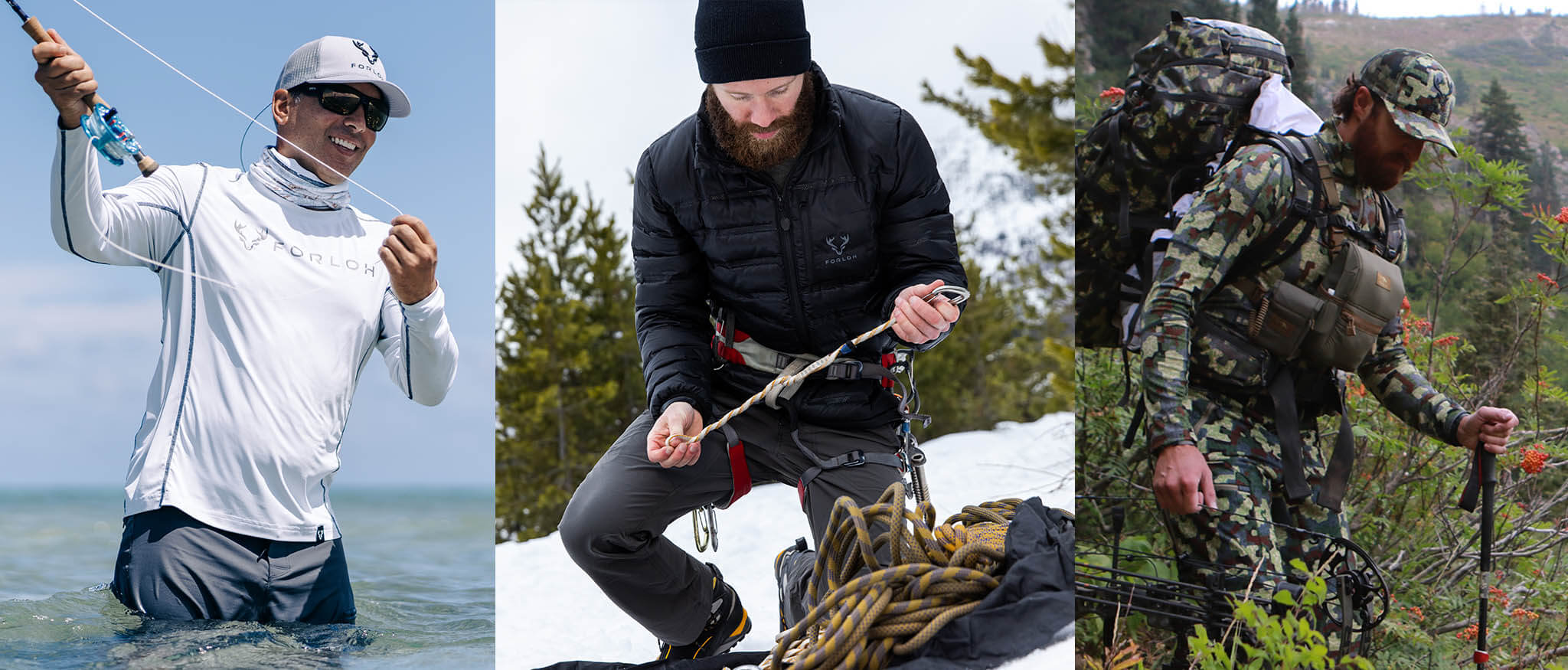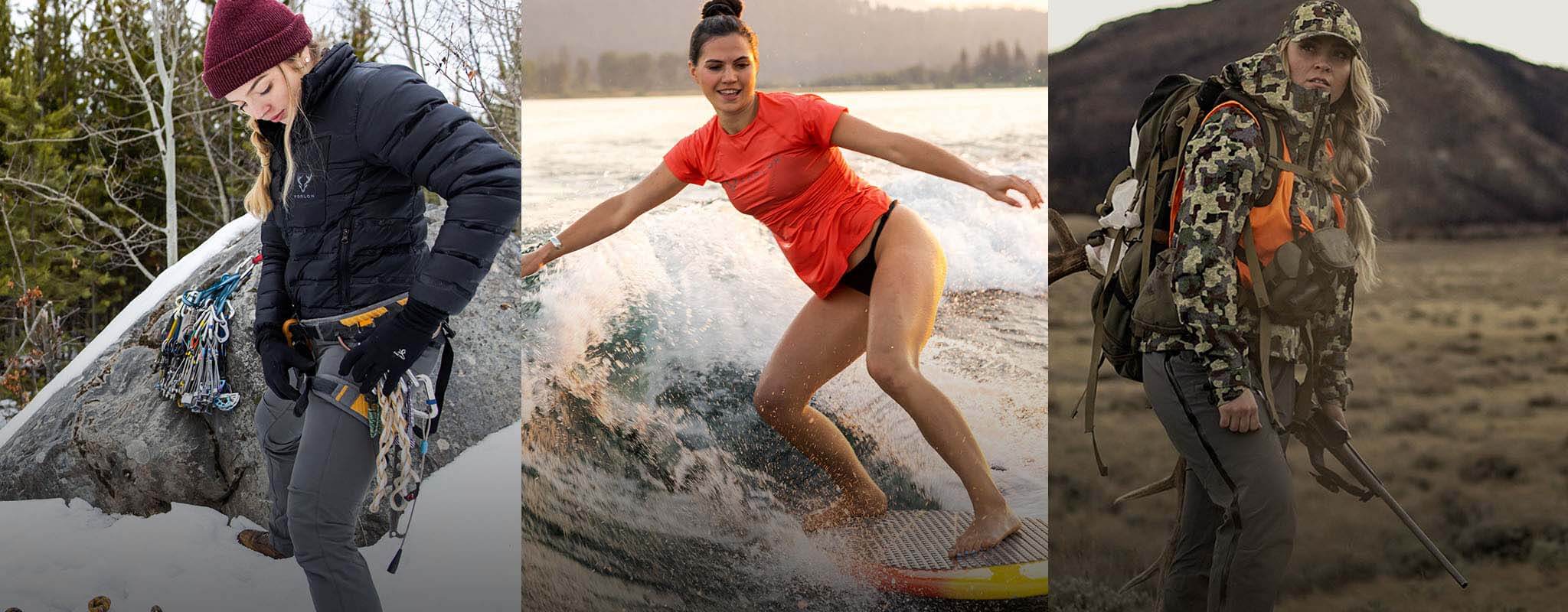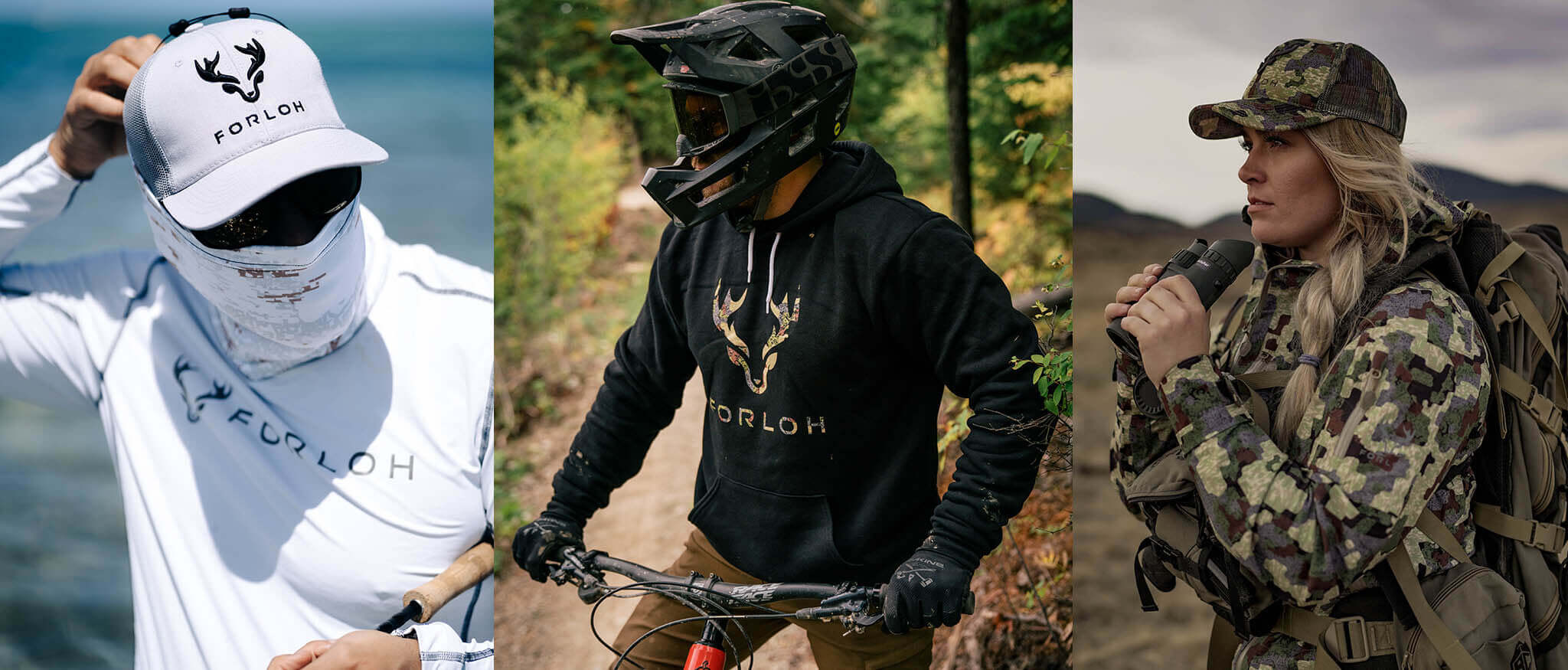By Everett Headley
Choosing the best fishing knife does not need to be overly complicated, but it will require a few key knowledge points. A good blade will elevate any cleaning job to a pleasant experience. It will move through skin and scales quickly, trace fins and spines closely, and finish with a crispness as it reveals the tender flesh inside. On the other side of that is an experience no fisherman wants: cut fingers punctured by spikes and a piece of meat that looks like a jigsaw puzzle. Here are some tips for finding a good fishing knife.
Why Are Fishing Knives Important & What Are They Used For?
There's at least one blade in every angler's tackle box, but hopefully more. Ideally, the fishing knife rests there after every use; it generally only touches water when dropped and is quickly wiped on a pants leg. Its multipurpose function easily leads to abuse and casual replacement; nearly any pocket knife will do. The standard consists of a stout blade, usually about a hand's width long, and a drop point tip, with a no-slip grip.
This fishing knife will be called on to cut bait, clear tangled lines, sever ropes, and pry open unyielding jars. About the only thing it won't do is make your sandwich—unless you're one of those captains with so much salt in your blood that Davy Jones calls you when he runs low. In which case, I'll be making my own.
But the blade you choose to clean your catch is different. A filet knife has a flexible, long, and slender blade. It is designed to follow the contour of the bones, just skimming them while lifting the meat away. It maximizes what eventually will be presented on a plate to your guests.
Maintaining the blade is critical for both longevity and enjoying your fish after the catch. Storing it in its own case (a hard case is best) protects the edge. I keep a honing steel with mine, much like a professional chef. Before every use, chefs will run the knife up and down the honing steel a few times to keep the "belly" in peak condition. Cleaning and drying your filet knife after each use is the best practice to be ready for the next time.

Featured items: Avalon Filet Knife, FORLOH Branded Cutting Board
What To Look For When Choosing A Fishing Knife
At its simplest, a blade is a sharpened and flattened piece of metal. The blade's tip is called the point, with many different styles depending on the application. Most fishermen will want a drop tip for their fishing knife and the thin and tapered point classic in filet knives.
Stainless steel is highly preferred, with a Rockwell hardness in the upper 50s. This isn't the hardest steel, but a compromise between retaining an edge and ease of sharpening. Both fishing and filet knives are used in wet and grimy conditions. A grip with texture and a rubberized feel keeps it from slipping. Wood handles will need constant care after being wet, and other materials don't offer the security of plastic, making both poor choices when it comes to fishing gear.
If you properly care for your knife, different environments will have little impact on its blade and handle. Most knives will easily double for both freshwater and saltwater use. What does change are the size of the fish and, consequently, the size of the knife you'll want to use. Most freshwater species will be easily handled with one hand and an 8-inch knife. However, if you are fishing salmon off the west coast or even larger "big game" marlins and tarpon near Florida, you will want to scale up your knife accordingly.
Best Features In A Fishing Blade
Alex Valdivia, a professional chef in Georgia and avid fisherman, looks for three things in his knives:
"I need a knife with a solid grip that does not slip when wet. Two, a flexible and thin blade. Three, sharpness retention."
A blade that doesn't hold its edge won't last long, and you will find yourself constantly fighting with the fish or reaching for the honing steel to resharpen.
FORLOH'S Avalon Fillet Knife raises the standard for fishing knives. Made entirely in America with Rockwell 59 uncoated steel, it will quickly slice through any catch. The slim profile and grip with a finger notch give extremely fine control when cutting around bones and spines. The blade comes with a Tru-Hide Kydex sheath that can be strapped to a leg or boat prep station.
About the Author: Everett Headley is an outdoor writer and educator. He was raised hunting and fishing in Montana. He lives in the Bitterroot with his Chesapeake Bay retriever, Cane, and his peregrine falcon, Freyja. You can find more of his work on his website and on Instagram @everettheadley.







